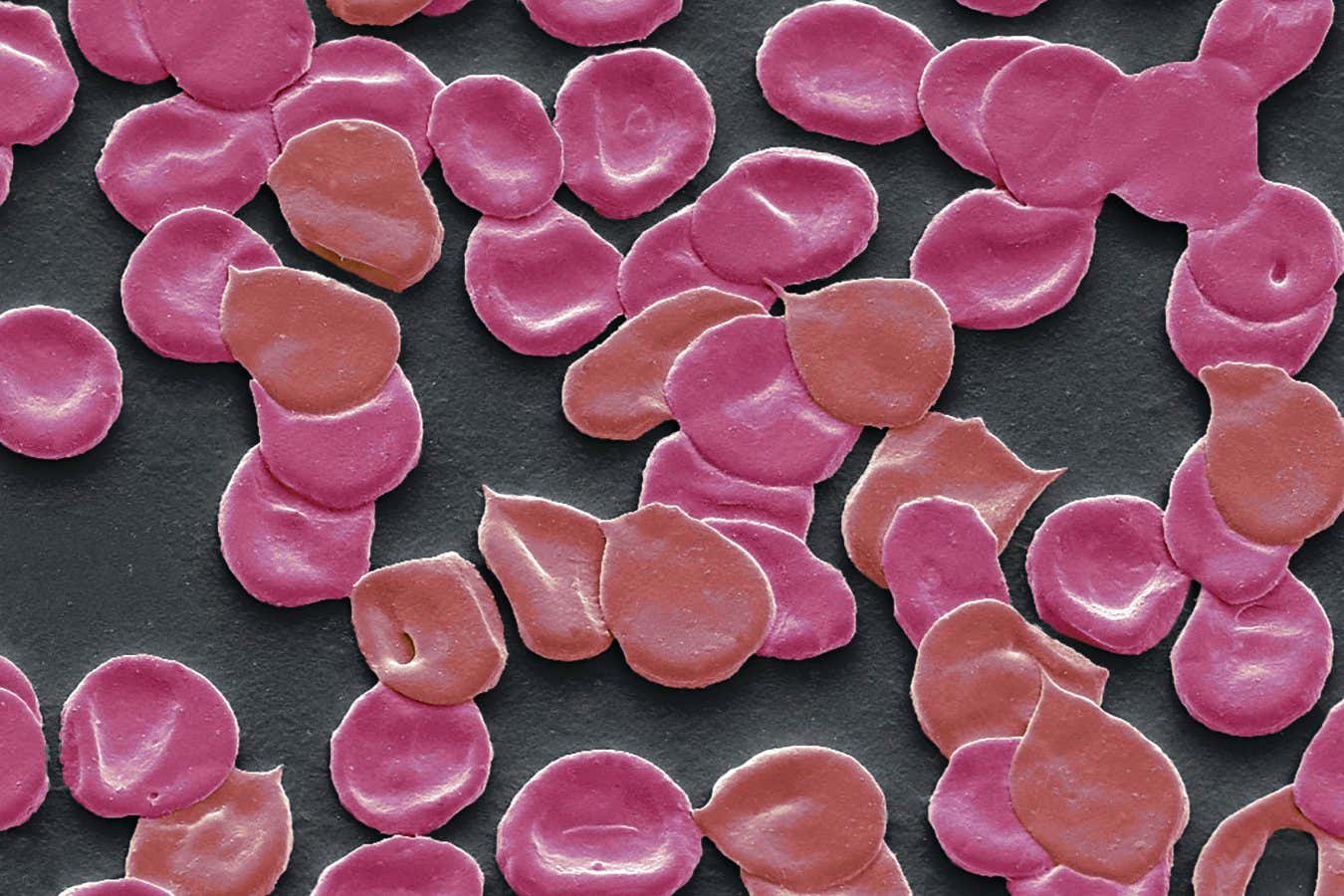Rising rates of vegetarianism and veganism may be causing iron deficiency, a condition that also commonly occurs due to heavy periods
By Carissa Wong
27 June 2023
A scanning electron micrograph of blood from someone with iron deficiency anaemia, showing irregularly shaped, small red blood cells
STEVE GSCHMEISSNER/SCIENCE PHOTO LIBRARY
Nearly 40 per cent of girls and young women in the US have insufficient levels of iron in their blood, which can lead to symptoms such as fatigue, brain fog and hair loss. Of these, 16 per cent also have iron deficiency anaemia, a potentially serious condition in which a lack of iron leads to a reduction in red blood cells, which transport oxygen around the body.
Researchers have previously measured rates of iron deficiency and anaemia in high-risk populations, such as those with heavy menstrual bleeding. Studies looking into their prevalence in the US have also explored these conditions at a regional level.
To better understand their prevalence on a national scale, Angela Weyand at the University of Michigan and her colleagues analysed blood samples and demographic data from 3490 girls and women, aged 12 to 21, who took part in US-wide surveys between 2003 and 2020. No transgender people were included in the study.
Advertisement
They found that 39 per cent of the participants had iron deficiency, which they defined as having levels of ferritin – an iron-carrying protein – at less than 25 micrograms per litre. Of these, 16 per cent had anaemia, defined as haemoglobin levels below 120,000 micrograms per litre.
Read more:
Phone app can diagnose anaemia from photos of fingernails
This is probably largely due to their diets, says Weyand. “There’s been nutrition studies that show that as a whole in the United States, the iron content of the food we eat has decreased over time,” she says. “People are eating less red meat and more are becoming vegan or vegetarian.”
